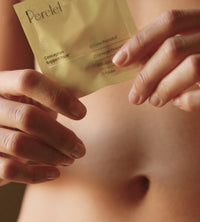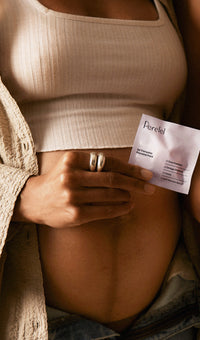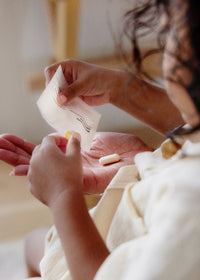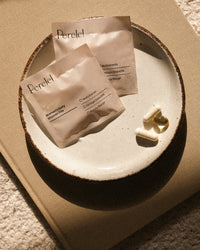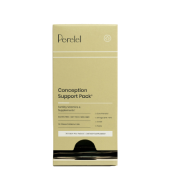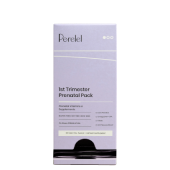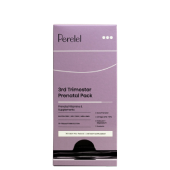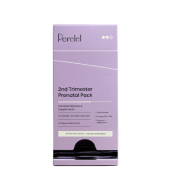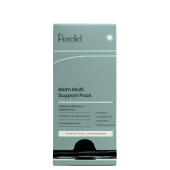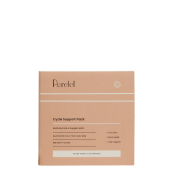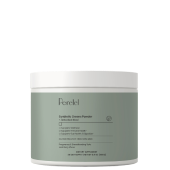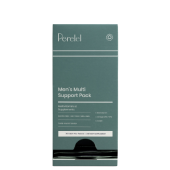Let’s be honest: When something feels off down there, it can be uncomfortable in more ways than one. Vaginal itching, unusual discharge, or a change in odor can quickly send you down an internet self-diagnosis spiral. But it's important to remember two things—that you're certainly not alone, and your symptoms are worth paying attention to.
Two of the most common culprits behind vaginal discomfort are yeast infections and bacterial vaginosis (BV). And while they can feel similar at first glance, they’re actually caused by very different imbalances—and require different forms of treatment.
Let's decode some of the signs and symptoms of each, so you can advocate for the care your body needs.
First off: What is "normal?"
You know how your gut has its own micro-ecosystem of "good" and "bad" bacteria? Well, your vagina actually has its own microbiome, too—and it's home to trillions of bacteria and yeast that work together to keep your pH (acidity) in check and protect against infection. Your pH naturally shifts throughout your menstrual cycle, pregnancy, and even from everyday things like exercise or sex.
It's normal to have some discharge, and it's typically clear or white depending on where you are in your cycle. But if you’re noticing persistent itching, irritation, odor, or discharge that’s new or unusual, it may be a sign of an imbalance.
What Is a Yeast Infection?
A yeast infection (also called vaginal candidiasis) happens when there’s an overgrowth of Candida, a type of yeast that naturally lives in the vagina. It’s not sexually transmitted, though it can sometimes be triggered by things like antibiotics, tight clothing, hormonal fluctuations, or excess sugar in the diet.
Common symptoms include:
-
Intense itching or irritation
-
Thick, white, “cottage cheese-like” discharge
-
Redness or swelling of the vulva
-
Pain or burning during sex or urination
What Is Bacterial Vaginosis?
Bacterial vaginosis—BV for short—happens when there’s too much of a certain bacteria in the vagina. All healthy vaginas come with bacteria, but changes in the balance can lead to BV. It’s not a sexually transmitted infection, but having BV can make you more likely to get an STI in the future.
About one in three women in the U.S. will get it. Black women are twice as likely to get it as white women. Nobody knows why for sure, but a few explanations might be differences in vaginal flora, stress, and vitamin D levels. External factors like douching and sex can also increase the risk of BV, as this disrupts the natural balance of bacteria in the vagina.
Common symptoms include:
- Thin, gray, white or green vaginal discharge
- Foul-smelling "fishy" vaginal odor
- Vaginal itching
- Burning sensation during urination
-
Spotting
So—Is It a Yeast Infection or BV?
One of the best ways to detect the difference is the difference of odor and discharge. Yeast infections tend to have a mild, bread-like smell, and discharge that has the consistency of cottage cheese. BV has a distinctly fish odor, and discharge tends to be thin, with a grayish-green or white color.
Treating a Yeast Infection or BV
Yeast infections are highly treatable with over-the-counter medications. But if your symptoms are particularly pesky or aren't resolving easily, it's a good idea to check in with your provider.
BV can sometimes clear up on its own but you should see a doctor if you think you have it. Left untreated, BV can make you more likely to get STIs or inflammation that can make it hard to have kids.
If you’re pregnant, tell your doctor right away about any symptoms of BV—it’s linked to premature deliveries and babies with low birth weights.
Your doctor will examine your vagina for discharge and possibly test your vaginal fluid. They’ll probably prescribe a round of antibiotics, which are taken by mouth or inserted in the vagina.
$22.20
First 3 Mo
First 3 Months
Shop the Article:

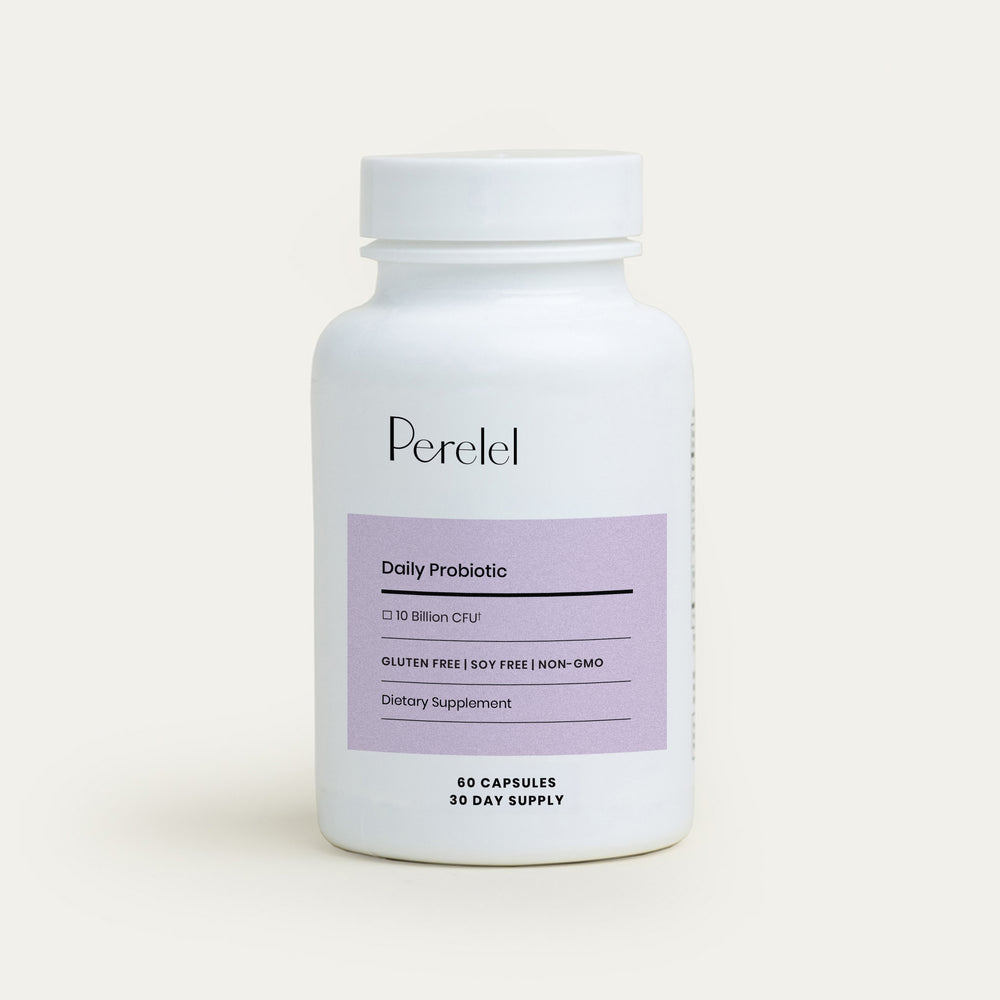
Daily Probiotic
Shop Now
Don't Forget to Practice Vaginal Hygiene
Again, your vaginal microbiome is a delicate ecoystem—and certain habits can through this environment off-balance. Here are some good practices to keep in play:
- Avoid douching or exposing your vagina to scented soaps.
- Use pH-friendly products specifically formulated for your vagina.
- Use condoms and practice good vaginal hygiene when you have sex.
- Wipe carefully after you go to the bathroom to keep poop-related bacteria away from your vagina.
- Wear breathable fabrics and don’t keep wet swimsuits or exercise clothes on for long.
- Incorporate a probiotic like Perelel's Daily Probiotic—which was formulated with both your gut health and your vaginal microbiome in mind.

theFolio in Your Inbox
Sign up to receive doctor-backed, stage-specific content in your inbox each week.
This article is for informational purposes only. It is not, nor is it intended to be, a substitute for professional medical advice, diagnosis, or treatment and we recommend that you always consult with your healthcare provider. To the extent that this article features the advice of physicians or medical practitioners, the views expressed are the views of the cited expert and do not necessarily represent the views of Perelel.
Resources:
- STD Facts - Bacterial Vaginosis. (n.d.). https://www.cdc.gov/std/bv/stdfact-bacterial-vaginosis.htm
- What is Bacterial Vaginosis? | Symptoms, Signs and Causes. (n.d.). Planned Parenthood. https://www.plannedparenthood.org/learn/health-and-wellness/vaginitis/what-bacterial-vaginosis
- Bacterial Vaginosis: What is it, Symptoms, Causes & Treatment. (n.d.). Cleveland Clinic. https://my.clevelandclinic.org/health/diseases/3963-bacterial-vaginosis
- Bacterial vaginosis - Symptoms and causes. (2021, July 21). Mayo Clinic. https://www.mayoclinic.org/diseases-conditions/bacterial-vaginosis/symptoms-causes/syc-20352279
- Vaginitis. (n.d.). ACOG. https://www.acog.org/womens-health/faqs/vaginitis
- Massachusetts General Hospital. (n.d.). FAQ: Bacterial Vaginosis. https://www.massgeneral.org/obgyn/patient-resources/womens-health/faq-bacterial-vaginosis
- Bacterial Vaginosis: What Women Need to Know. (n.d.). https://www.health.ny.gov/publications/3831/
- How Do I Prevent Vaginitis & Yeast Infections? (n.d.). Planned Parenthood. https://www.plannedparenthood.org/learn/health-and-wellness/vaginitis/how-do-i-prevent-vaginitis
- Bacterial vaginosis | Office on Women’s Health. (n.d.). https://www.womenshealth.gov/a-z-topics/bacterial-vaginosis
- How Do I Prevent Vaginitis & Yeast Infections? (n.d.-b). Planned Parenthood.



